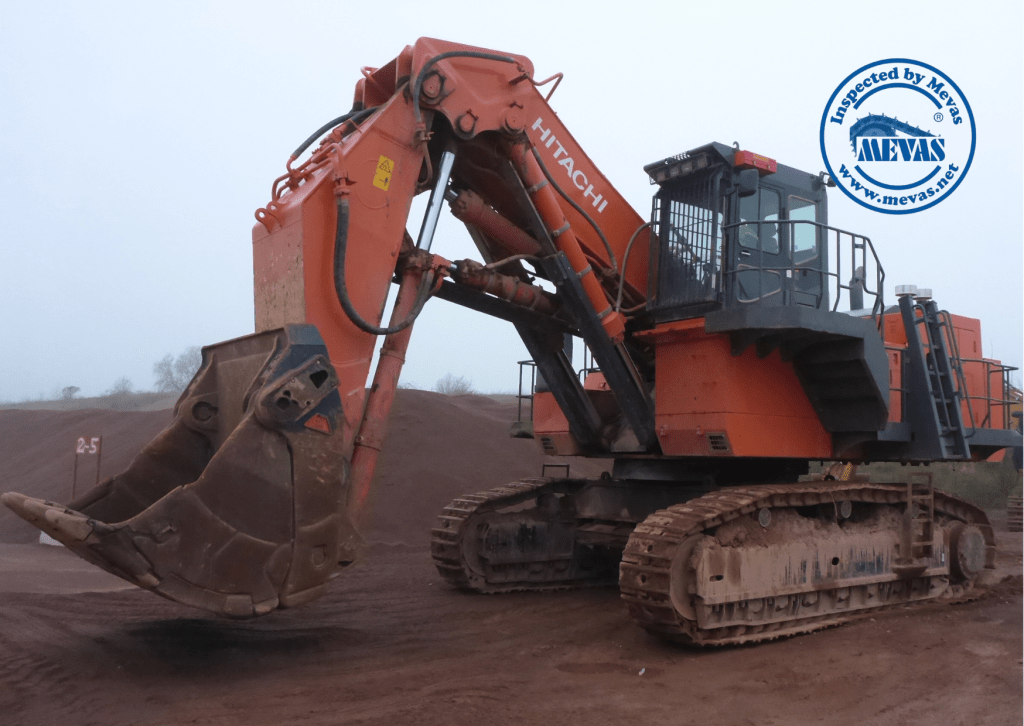What means biosecurity inspection for machinery entering Australia?
Australia’s import regulations for used machinery are the strictest in the world in terms of the cleanliness of the machinery. If used machines are not clean enough to be allowed into Australia, they must be re-exported to Singapore. There they will be cleaned at the buyer’s expense.
Who can do pre-shipping inspections or cleanliness inspections?
Pre-shipping and cleanliness inspections are usually performed by accredited third-party inspection agencies or specialized private organizations contracted for this purpose. Importers or buyers typically choose these agencies from an approved list, although some importing countries appoint a single authorized body to conduct all inspections.
Mevas provides AQIS quarantine inspections for used heavy machinery prior to shipment, helping customers avoid costly delays or issues upon arrival in Australia. This service is available in Germany and, in some cases, at selected ports in Belgium and the Netherlands. Last year, for instance, we inspected a Hitachi EX1200 for one of our clients.
If you would like to learn more about our AQIS inspection services, feel free to leave a comment or give us a call. Our team is happy to share its experience and answer any questions.

What rules exist for biosecurity cleaning for Australia?
Biosecurity inspection for machinery entering Australia refers to a set of procedures and checks implemented by the Australian government to prevent the introduction and spread of pests, diseases, and contaminants that could harm the country’s agriculture, environment, and public health. These inspections are crucial to safeguard Australia’s unique ecosystems and protect its agricultural industry from potentially devastating threats.
Key points regarding biosecurity inspection for machinery entering Australia include:
- Risk Assessment: Machinery that enters Australia is assessed for its potential to carry or introduce biosecurity risks. This assessment takes into account factors such as the machinery’s origin, history of use, and any potential contaminants it may carry.
- Cleaning and Treatment Requirements: Many types of machinery, equipment, and vehicles must undergo thorough cleaning and treatment to remove soil, plant material, and other contaminants before entering Australia. This is to ensure that they do not introduce pests and diseases into the country.
- Import Permits: Depending on the type of machinery, an import permit may be required. Permits are issued by the Australian Department of Agriculture, Water, and the Environment and outline specific conditions and requirements that must be met.
- Inspection at the Border: Machinery entering Australia is subject to inspection at the border. This inspection is carried out by biosecurity officers who check the machinery for signs of contamination and conduct further examinations as necessary.
- Quarantine Facilities: In some cases, machinery may be directed to quarantine facilities for further inspection, cleaning, or treatment. This is especially true if the machinery is found to be heavily contaminated or poses a higher risk.
- Biosecurity Charges: Importers are typically responsible for the costs associated with biosecurity inspection and any necessary cleaning or treatment. These charges can vary depending on the type of machinery and the extent of the inspection and treatment required.
- Regulations and Compliance: It is essential for importers to be familiar with and comply with Australian biosecurity regulations and guidelines to ensure a smooth entry process for their machinery.
The goal of biosecurity inspections for machinery and vehicles
The goal of biosecurity inspection for machinery entering Australia is to maintain the country’s biosecurity and protect its agriculture, environment, and public health. Australia has stringent biosecurity measures in place to mitigate the risk of introducing invasive species, pests, and diseases that could have detrimental effects on its ecosystems and industries.
Core Cleaning Standards
All surfaces (inside and out) must be cleaned—including undercarriages, hidden cavities, engine bays, and operator cabs.
Partial or full dismantling may be required to access and clean all potential contamination points. Zero tolerance is enforced for any soil, organic matter, or biosecurity risk material: “clean” means as spotless as new machinery.
Special attention should be paid to ledges, hollow sections, pivot joints, track frames, guards, and internal compartments where debris can accumulate. Waste material from the cleaning process must be properly disposed of according to regulations.
Australia’s Department of Agriculture provides detailed checklists and cleaning guides tailored to many types of machinery, ensuring all risk areas are addressed.

